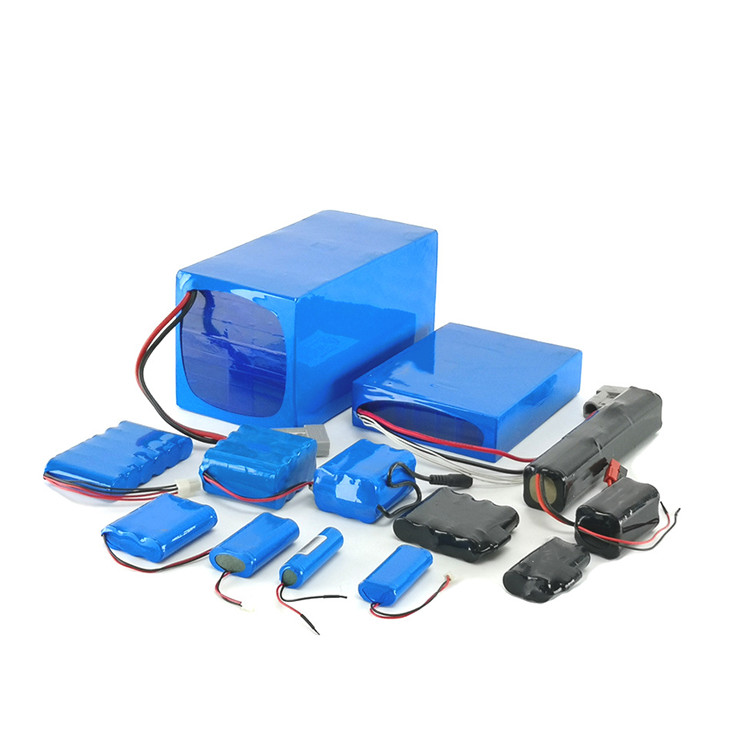What is the charging principle of lithium battery?
January 27, 2021
Lithium ion batteries are generally batteries that use lithium alloy metal oxides as cathode materials, graphite as negative electrode materials, and non-aqueous electrolytes. Our usual mobile phones are almost lithium batteries, the current market is more popular electric vehicle power supply mostly belongs to lithium iron phosphate battery. How do lithium batteries charge and discharge?
First of all, let’s understand the structure of lithium batteries, lithium batteries are generally made up of positive, negative, electrolyte and diaphragm, our common mobile phone lithium batteries are square, the batteries in the battery group of electric vehicles are generally round, and other shapes are laminated and wound.
The four contacts on the common mobile phone battery, in addition to the positive and negative electrodes, are simply to detect (or monitor) the information of the mobile phone battery.
Lithium battery positive electrode is usually lithium manganese oxide or lithium cobalt oxide, lithium nickel cobalt manganese oxide material, electric bicycle is commonly used lithium nickel cobalt manganese oxide (commonly known as ternary) or ternary small amount of lithium manganese oxide; negative electrode is usually active graphite, or carbon similar to graphite structure.
The electrolyte acts as a transport charge between positive and negative electrodes, usually a carbonate solvent dissolved with lithium hexafluorophosphate, while the polymer uses a gel electrolyte.
When the lithium battery is charged, the positive electrode releases lithium ions, and the lithium ion moves through the diaphragm through the electrolyte to the negative electrode, which binds to the electrons of the abdominal muscle. At this time, the chemical reaction of the positive electrode is LiCoO2=Li (1-x)2x Li xe-(electron), and the negative electrode is 6 C xLi xe-LiCoO2=LiLixC6.. The
When the lithium battery is discharged, the lithium ion moves in the opposite way. The lithium ion enters the electrolyte from the negative electrode, passes through the diaphragm and finally reaches the positive electrode. This process allows lithium batteries to output electricity outward.








 Sales
Sales Sales
Sales Sales01
Sales01
 Sales Manager
Sales Manager